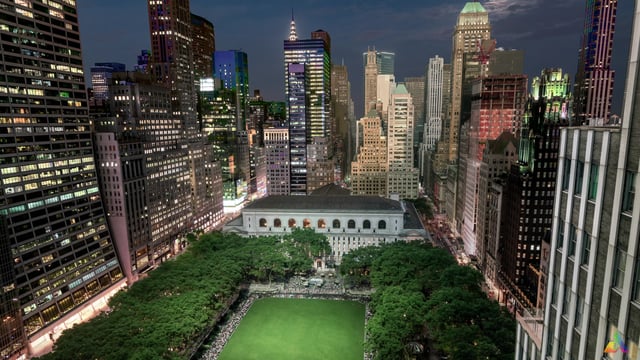Layer-Lapse
Traditional time-lapses are constrained by the idea that there is a single universal clock. In the spirit of Einstein's relativity theory, layer-lapses assign distinct clocks to any number of objects or regions in a scene. Each of these clocks may start at any point in time, and tick at any rate. The result is a visual time dilation effect known as layer-lapse.




Layer-Lapses are driven by mathematical equations. I like to think of every object/building in a scene as a single equation, many scenes consist of dozens if not hundreds of different equations. By linking all the equations together, I can create a single mathematical input that propagates through a scene. Here are some examples of layer-lapses that a driven entirely by mathematical inputs:
An example of a 'wave' in a layer-lapse scene
An example of a single 'wave' mixed in with other layer-lapse elements.
An example of every layer choosing a random point in time to transition to night
This is an example of very high frequency wave that propgates through a secen at a moderate pace




